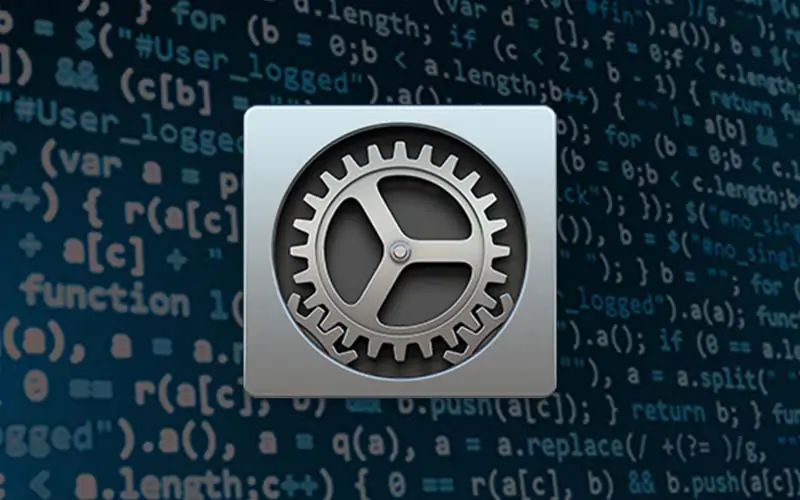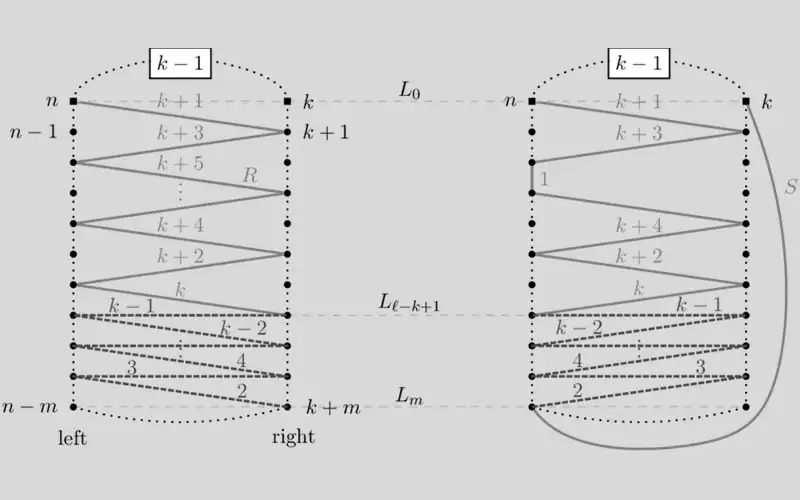Describe the Functions and Features of Debugger.
Debugger: As its name suggests the debugger is used to test and debug programs. The debugger allows a user to test a program step by step, so that the problem points or steps can be identified and rectified. It allows the user to inspect the registers and the memory locations after a program has executed.
Function and Features of Debugger:
Debuggers offer a query processor, a symbol resolver, an expression interpreter, and a debug support interface at its top level. Debuggers also offer more sophisticated functions such as running a program step by step (single-stepping or program animation), stopping (breaking) (pausing the program to examine the current state) at some event or specified instruction by means of a breakpoints, and tracking the values of variables.
Some debuggers have the ability to modify program state while it is running. It may also be possible to continue execution at a different location in the program to bypass a crash or logical error.
The same functionality which makes a debugger useful for eliminating bugs allows it to be used as a software cracking tool to evade copy protection, digital rights management, and other software protection features. It often also makes it useful as a general verification tool, fault coverage, and performance analyzer, especially if instruction path lengths are shown.
Most mainstream debugging engines, such as gdb and dbx, provide console-based command line interfaces. Debugger front-ends are popular extensions to debugger engines that provide IDE integration, program animation, and visualization features.




